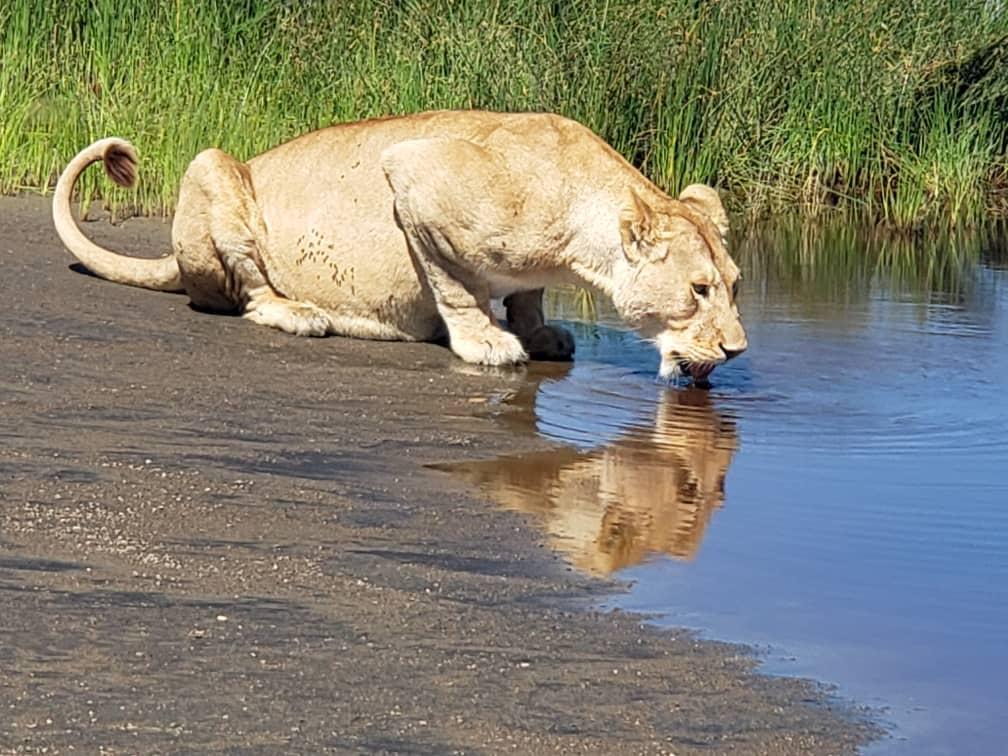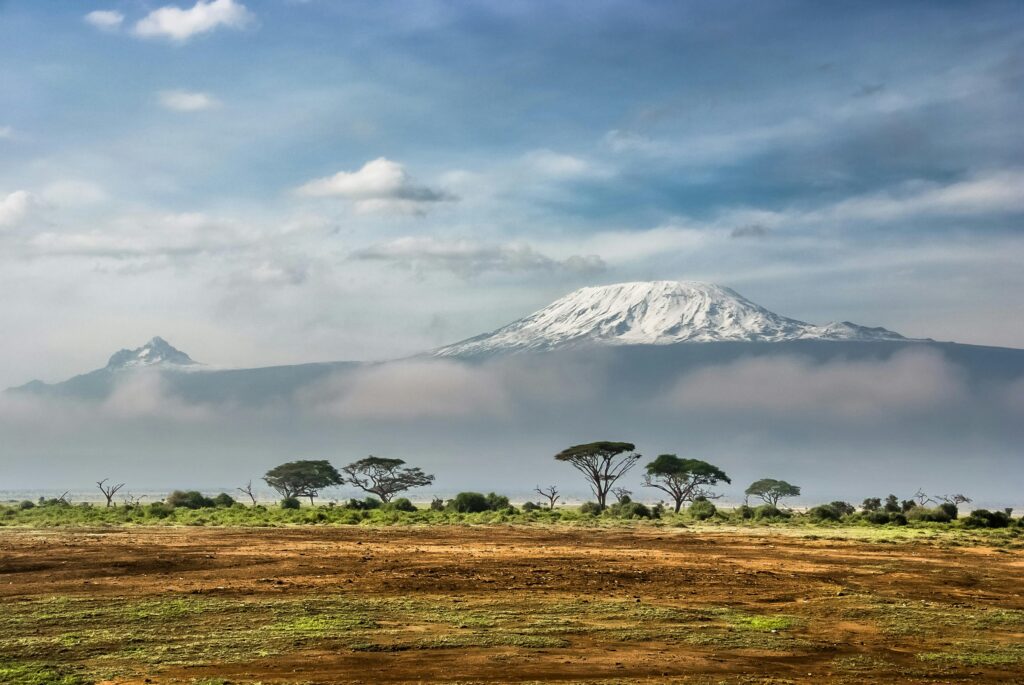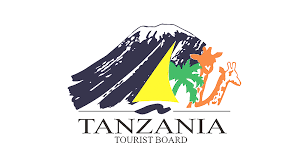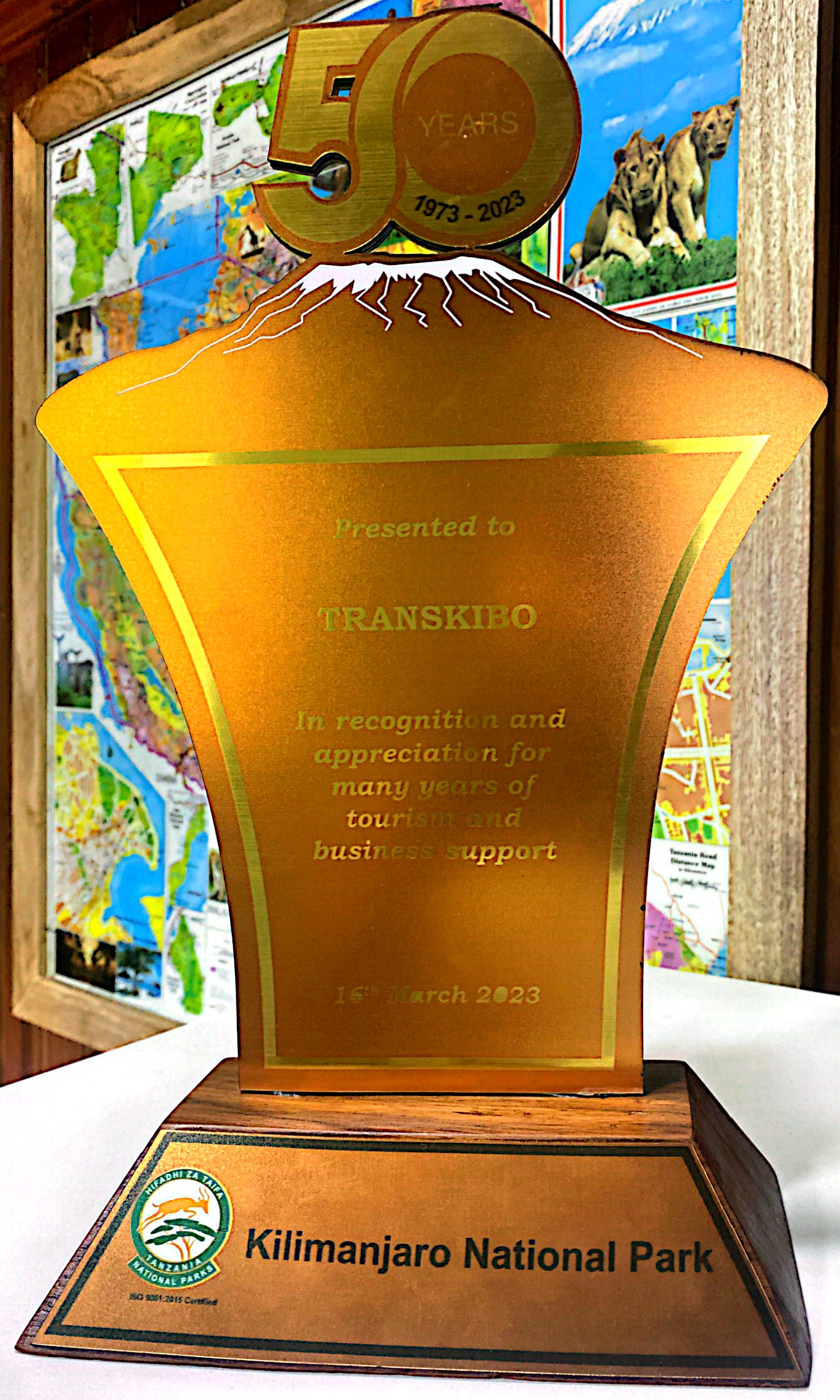September in Tanzania is a month of unparalleled beauty and wildlife activity, making it a dream destination for photographers. As the dry season reaches its peak, the landscapes are bathed in golden light, and the wildlife is more visible than ever, offering endless opportunities for stunning shots. Whether you’re a seasoned professional or an enthusiastic amateur, Tanzania’s natural wonders will inspire and challenge your photographic skills. Let’s explore why September is the perfect time to capture the magic of Tanzania and how you can make the most of your photography safari with Transkibo.
Why September is a Great Month for Wildlife Photography
Weather Conditions:
September marks the end of the dry season, bringing clear skies, warm days, and cool nights. The lack of rain means that the vegetation is sparse, creating unobstructed views of the wildlife. The dry conditions also lead to dramatic, dusty landscapes that add a unique texture to your photos.
Animal Behavior:
As water sources dwindle, animals congregate around rivers, waterholes, and lakes, making it easier to predict their movements and capture them in action. The dry season also coincides with the Great Migration, where massive herds of wildebeest and zebras can be photographed as they cross the Mara River in the Serengeti. Predators like lions, cheetahs, and leopards are more active during this time, offering thrilling opportunities to capture hunting scenes.
Landscape Beauty:
Tanzania’s diverse landscapes, from the vast plains of the Serengeti to the lush, green craters and dense forests, provide a stunning backdrop for wildlife photography. The golden grasses, dramatic skies, and glowing sunsets of September enhance the natural beauty, allowing for breathtaking compositions.
Key Locations for Photography
1. Serengeti National Park:
The Serengeti is synonymous with iconic wildlife photography. In September, the northern region near the Mara River becomes the stage for the Great Migration’s river crossings. Capturing the chaos and energy of thousands of wildebeest and zebras leaping into the river, pursued by crocodiles, is a once-in-a-lifetime photographic opportunity. The Serengeti’s endless plains also offer the chance to photograph big cats, elephants, and giraffes against dramatic landscapes.
2. Ngorongoro Crater:
The Ngorongoro Crater, often called the “Garden of Eden,” is a photographer’s paradise. This UNESCO World Heritage Site is home to an incredible concentration of wildlife, all within a stunning, natural amphitheater. The crater’s steep walls and lush green floor create a unique backdrop for capturing scenes of lions lounging in the grass, herds of elephants wandering the crater floor, and the rare black rhino.
3. Tarangire National Park:
Tarangire is famous for its giant baobab trees and large elephant herds. September is an excellent time to photograph these majestic creatures as they gather around the Tarangire River, the park’s lifeline during the dry season. The park’s diverse landscapes, dotted with termite mounds and ancient trees, provide a striking contrast to the wildlife, resulting in captivating images.
4. Lake Manyara National Park:
Lake Manyara’s varied ecosystems, from the alkaline lake itself to dense woodlands and open grasslands, offer a wide range of photographic opportunities. The park is known for its tree-climbing lions, flamingos, and large troops of baboons. The reflective surfaces of the lake and the vibrant birdlife make for stunning compositions, particularly in the early morning or late afternoon light.
Photography Tips for Capturing the Best Shots
1. Lighting:
Golden hour, just after sunrise and before sunset, provides the best lighting for wildlife photography. The soft, warm light enhances colors and textures, creating a more dynamic and visually appealing image. Avoid shooting in the harsh midday sun, which can create unflattering shadows and washed-out colors.
2. Timing:
Early morning and late afternoon are not only the best times for lighting but also when animals are most active. Plan your game drives during these hours to maximize your chances of capturing animals in action. Be patient and ready to wait for the perfect moment; wildlife photography often requires a great deal of perseverance.
3. Equipment Recommendations:
- Camera: A DSLR or mirrorless camera with a fast shutter speed and the ability to shoot in RAW is ideal for wildlife photography.
- Lenses: A telephoto lens (200mm-600mm) is essential for close-up shots of animals from a distance. A wide-angle lens (24mm-70mm) is useful for capturing landscapes and wildlife within their environment.
- Accessories: Bring extra batteries, memory cards, and a sturdy tripod or monopod for stability. A bean bag can also be helpful for stabilizing your camera on the vehicle’s edge during game drives.
Showcase of Stunning Photos
At Transkibo, we’re proud to showcase the incredible work of photographers who have joined us on safari. Here are a few highlights:


These images capture just a glimpse of the beauty and drama that Tanzania offers. Imagine filling your own portfolio with shots like these, each telling a story of adventure and wonder.
Book Your Photography Safari with Transkibo
Ready to embark on a photographic journey like no other? September is the perfect time to explore Tanzania’s incredible landscapes and wildlife through the lens. Whether you’re looking to capture the Great Migration, the majestic elephants of Tarangire, or the serene beauty of Lake Manyara, Transkibo Safaris will tailor your experience to ensure you get the shots you’ve always dreamed of.
Contact us today to book your photography safari with Transkibo and create memories—and images—that will last a lifetime.








